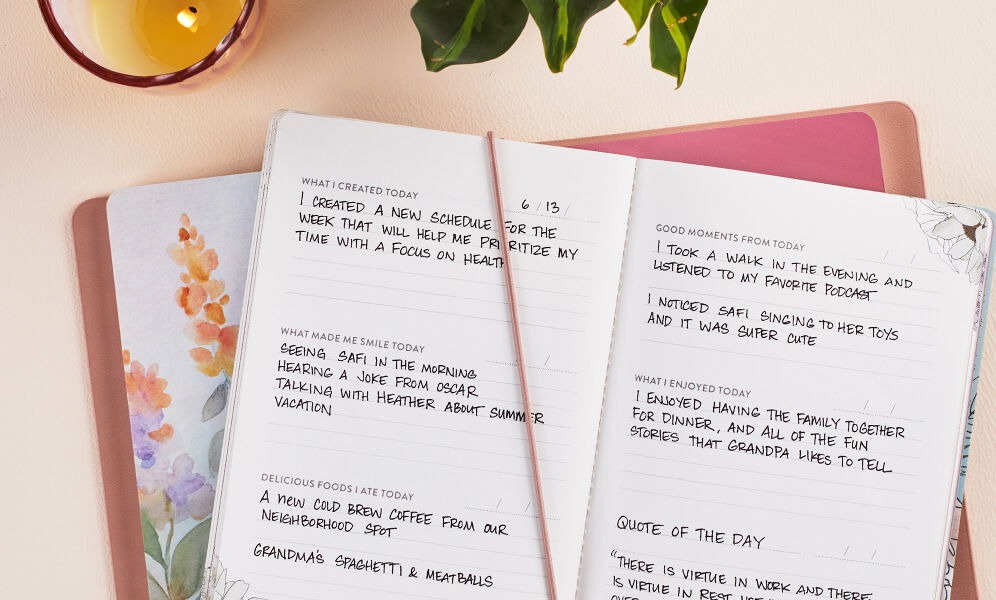Understanding Healthy Boundaries
Healthy boundaries are guidelines or limits that you set to protect your well-being and ensure that your relationships are mutually respectful and supportive. They can be physical, emotional, or mental and vary from person to person based on individual needs and comfort levels.
Types of Boundaries
- Physical Boundaries: These pertain to your personal space and physical touch. For example, you might not feel comfortable with hugs from acquaintances or need alone time to recharge.
- Emotional Boundaries: These involve separating your emotions from others' emotions. For instance, not feeling responsible for someone else's happiness or not letting others dictate how you feel.
- Mental Boundaries: These relate to your thoughts, values, and opinions. For example, respecting others' beliefs without feeling the need to adopt them as your own.
Why Healthy Boundaries Matter
Setting healthy boundaries is essential for several reasons:
- Self-Care: Boundaries help you prioritize your needs and well-being, preventing burnout and resentment.
- Respect: They foster mutual respect in relationships, ensuring that both parties feel valued and understood.
- Communication: Boundaries encourage open and honest communication, leading to stronger and healthier relationships.
- Empowerment: They empower you to take control of your life and make decisions that align with your values and needs.
Steps to Set Healthy Boundaries
Setting healthy boundaries can be challenging, especially if you're not used to doing so. Here are some steps to help you get started:
Step 1: Identify Your Needs and Limits
The first step in setting healthy boundaries is to identify your needs and limits. Take some time to reflect on what makes you comfortable and what doesn't. Consider the following questions:
- What are your deal-breakers in a relationship?
- What behaviors or actions make you feel disrespected or uncomfortable?
- What do you need to feel emotionally and physically safe?
Step 2: Communicate Clearly and Assertively
Once you've identified your boundaries, it's important to communicate them clearly and assertively to others. Use "I" statements to express your needs and limits without sounding accusatory. For example:
- "I need some alone time to recharge after work."
- "I feel uncomfortable when you raise your voice at me. Please speak to me respectfully."
- "I can't lend you money right now. It's important for me to stick to my budget."
Step 3: Be Consistent
Consistency is key when it comes to maintaining healthy boundaries. If you set a boundary but don't enforce it, others may not take it seriously. Stick to your boundaries and communicate them consistently. This helps others understand that your boundaries are non-negotiable and deserve respect.
Step 4: Practice Self-Awareness
Self-awareness is crucial for setting and maintaining healthy boundaries. Pay attention to your feelings and needs, and don't ignore red flags or discomfort. If something or someone is making you feel uneasy, it's important to address it and set boundaries as needed.
Step 5: Be Prepared for Pushback
Not everyone will react positively to your boundaries, and that's okay. Some people may push back or try to guilt-trip you into changing your limits. It's important to stand firm and remember that your boundaries are valid and necessary for your well-being. Surround yourself with people who respect and support your boundaries.
Tips for Maintaining Healthy Boundaries
Setting boundaries is just the first step; maintaining them is an ongoing process. Here are some tips to help you maintain healthy boundaries in your relationships:
Regularly Reassess Your Boundaries
As you grow and change, so do your needs and limits. Regularly reassess your boundaries and make adjustments as needed. What worked for you a year ago may not be relevant today, and that's okay.
Practice Self-Care
Self-care is essential for maintaining healthy boundaries. Make time for activities that nourish your mind, body, and soul. This could be anything from reading a book, taking a walk, practicing meditation, or spending time with loved ones.
Seek Support
Setting and maintaining boundaries can be challenging, especially if you're not used to it. Seek support from friends, family, or a therapist who can provide guidance and encouragement. Surround yourself with people who respect your boundaries and uplift you.
Be Kind to Yourself
Remember that setting boundaries is a learning process, and it's okay to make mistakes along the way. Be kind to yourself and celebrate your progress, no matter how small. You deserve to have relationships that honor and respect your needs.
Common Challenges and How to Overcome Them
While setting healthy boundaries is crucial, it's not always easy. Here are some common challenges and tips on how to overcome them:
Fear of Rejection or Conflict
Many people avoid setting boundaries because they fear rejection or conflict. It's important to remember that healthy relationships thrive on open communication and mutual respect. If someone reacts negatively to your boundaries, it may be a sign that the relationship is not healthy or supportive.
Guilt
Feeling guilty for setting boundaries is common, especially if you're used to putting others' needs before your own. Remember that your needs are just as important as anyone else's, and setting boundaries is an act of self-care, not selfishness.
Difficulty Saying No
Saying no can be challenging, especially if you're a people-pleaser. Practice saying no in a firm but kind manner. You don't owe anyone an explanation for your boundaries, but if you feel comfortable, you can briefly explain your reasons.
Conclusion
Setting healthy boundaries is essential for fostering respectful, supportive, and fulfilling relationships. By identifying your needs and limits, communicating them clearly and assertively, and maintaining consistency, you can create boundaries that protect your well-being and strengthen your relationships. Remember that setting boundaries is a learning process, and it's okay to seek support and practice self-compassion along the way.
Healthy boundaries empower you to take control of your life, prioritize your needs, and build relationships that honor and respect your limits. So, take the first step today and start setting boundaries that support your well-being and happiness. You deserve it!









